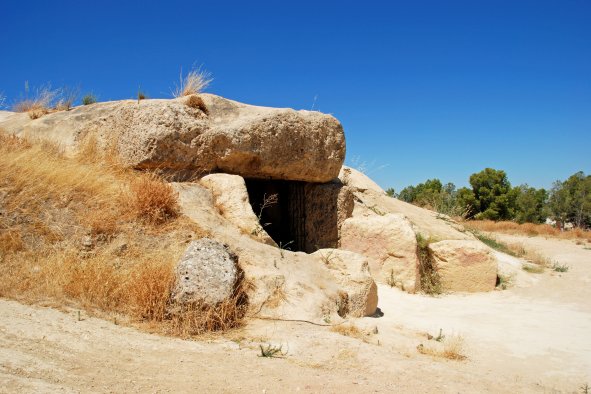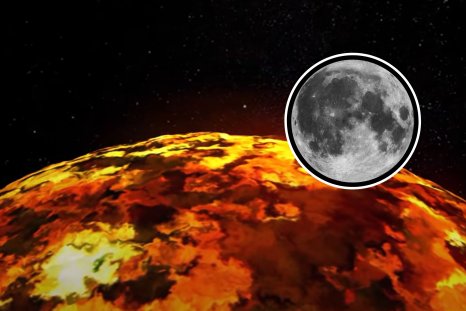Hurricane Gilma, flanked by Tropical Storm Hone and Tropical Storm Hector, are all creeping westward across the Pacific, with Hone having sideswiped Hawaii as a Category 1 hurricane over the weekend.
The three powerful storms can be seen blustering their way across the Pacific Ocean in images snapped from space.
The images, taken by the VIIRS (Visible Infrared Imaging Radiometer Suite) on the NOAA-21 satellite, were captured on August 25, just as Hone skirted around 50 miles south of Hawaii.
Hone, which has now decreased in strength back down to a tropical storm, resulted in over 24,000 homes being left without power—mostly on Hawaii Island—and several schools being closed due to flash flooding and intense winds. Up to 10 inches of rain fell in some areas of the archipelago.
Hone is now moving out into the open ocean west of Hawaii, and is expected to significantly weaken in the coming days.
"Maximum sustained winds are near 60 mph (95 km/h) with higher gusts. Only gradual weakening is expected the next couple of days. Hone is expected to become a post-tropical low on Thursday, then dissipate on Friday," the National Hurricane Center said in a public advisory on Monday.
Hurricane Gilma, around a thousand miles behind Hone, was a Category 3 storm when the satellite image was taken. However, the hurricane has since weakened, and is expected to downgrade to a tropical storm and potentially a tropical depression by the time it makes landfall on the northern Hawaiian islands on Thursday or Friday.
"Maximum sustained winds have decreased to 105 mph (165 km/h) with higher gusts. Steady weakening is forecast over the next few days," the NHC said in a public advisory on Monday.
This weakening is expected due to the hurricane encountering higher wind shear, cooler water temperatures, and dry air, all of which are not favorable to powerful hurricanes.
"While Gilma has fought off the marginal environment and maintained hurricane status longer than anticipated, it seems the atmospheric and oceanic conditions are becoming increasingly unfavorable," they said in a forecast discussion.
Behind both of these storms is Tropical Storm Hector, located about 1,200 miles southwest of Baja California, Mexico, which is also expected to weaken in the next few days.
"Maximum sustained winds are near 50 mph (85 km/h) with higher gusts. Some slight strengthening is possible on Tuesday, but gradual weakening is forecast after that," the NHC said in a further public advisory.
This is because Hector is moving into areas where Gilma has just passed through and left cooler waters in its wake.
"The storm is ingesting some dry air and appears to be feeling some influences of cool upwelled waters from Hurricane Gilma that passed through the area a few days ago. It is starting to look increasingly likely that Hector is missing its window to strengthen any further. Weakening will likely commence in a day or so when the shear begins to increase," the NHC explained in a forecast discussion.
Do you have a tip on a science story that Newsweek should be covering? Do you have a question about hurricanes? Let us know via science@newsweek.com.
Disclaimer: The copyright of this article belongs to the original author. Reposting this article is solely for the purpose of information dissemination and does not constitute any investment advice. If there is any infringement, please contact us immediately. We will make corrections or deletions as necessary. Thank you.




